Introduction: A Simple Shape, A Rich Story
Walk into any Japanese konbini (convenience store), and you’ll see neatly wrapped triangles of rice, often lined up like tiny edible art pieces. These are onigiri (おにぎり) rice balls that have been part of Japanese everyday lives for centuries. Known also as nigirimeshi (握り飯) or omusubi (おむすび), they’re a portable meal that spans history, culture, and taste from samurai battlefields to bento boxes, from family kitchens to scenes in anime and manga.
More than just a snack, onigiri embodies the warmth of home cooking, the ingenuity of food preservation, and the artistry of presentation especially when served on beautiful Japanese handcrafted plates that turn a simple lunch into a moment of cultural connection.
Explore our collection of artisan made soy sauce dispensers to enjoy with your onigiri!
A Brief History and Cultural Context
Onigiri dates back over a thousand years. Early records describe balls of rice carried by travelers and soldiers, often preserved with salt or umeboshi (梅干し, pickled plum). These simple meals provided energy on the go and kept well without refrigeration a form of natural preservation that fit perfectly into Japan’s humid climate.
Today, onigiri is enjoyed by all ages tucked into schoolchildren’s lunches, brought on picnics, or grabbed from a station kiosk before a train ride. Its presence in anime, manga, and other cultural outputs keeps it a familiar comfort food for people around the world.
Ingredients and Fillings
Rice: The Heart of Onigiri
- Japanese short grain rice (短粒米, tannryūmai) is essential for the right stickiness.
- Popular varieties include koshihikari rice (コシヒカリ) for its fragrance and tender bite.
- Season lightly with kosher salt to enhance flavor.
Traditional Fillings
- Umeboshi – salty, sour pickled plum that aids in preservation.
- Katsuobushi (鰹節) – bonito flakes seasoned with soy sauce.
- Karashi mentaiko (辛子明太子) – spicy pollock roe.
- Kombu (昆布) – simmered kelp for umami depth.
Modern and Fusion Favorites
- Tuna mayo – often made with Japanese Kewpie mayonnaise.
- Pickled vegetables for crunch and color.
- Yukari shiso – dried red shiso leaves for a tangy accent.
- Furikake (ふりかけ) – seasoning mixes with sesame, seaweed, or dried fish.
Don’t forget nori sheets (海苔) — roasted seaweed to wrap or accent your rice balls.

Onigiri Variations
- Yaki onigiri (焼きおにぎり) – grilled rice balls brushed with soy sauce.
- Tenmusu (天むす) – onigiri topped with shrimp tempura.
- Mixed rice onigiri – rice combined with vegetables or fish before shaping.
- Onigirazu (おにぎらず) – a “no-shape” modern style wrapped like a sandwich in nori.
Vegan fillings like miso-marinated tofu or sautéed mushrooms can make onigiri inclusive for everyone.
Shaping and Forming Techniques
Hand Molding
- Wet your hands with water and sprinkle with salt.
- Press rice gently into a triangle shape (sankaku), round shape (maru), or cylinder shape (bo).
Using Tools
- Onigiri molds – ensure even shapes, great for beginners.
- DIY plastic wrap – wrap rice and shape without touching it directly.
- Smiley face nori cutters – popular for kids’ lunches.
Remember: firmness of hands matters, too loose and the rice falls apart, too tight and it becomes dense.
Step-by-Step: How to Make Onigiri
- Cook rice – ideally in a rice cooker for perfect texture.
- Prepare fillings – cut to bite-size.
- Shape rice – using hands, mold, or wrap method.
- Add filling – press a small pocket into the rice, insert filling, then seal.
- Wrap with nori – just before eating to avoid sogginess.
Storage and Bento Tips
- For short-term storage, wrap tightly in plastic wrap and keep in a cool room or airtight container.
- For bento lunches, keep nori separate until mealtime.
- Freeze plain onigiri (without nori) in resealable bags; thaw at room temperature.

Wrapping and Serving Suggestions
At Japanese convenience store–style onigiri, nori is kept separate in clever plastic wrappers. At home, you can imitate this with nori rollers or simply pack nori strips separately.
Serve onigiri on ceramic plates or wooden trays for a touch of Japanese elegance the warm glaze of handcrafted pottery turns a humble rice ball into a visual delight.
Conclusion: Small, Simple, and Full of Heart
Onigiri is proof that the simplest dishes often carry the deepest meaning in Japanese cuisine. Whether you’re grabbing one from a convenience store, making it for a picnic, or crafting it at home, it’s a food that connects the past and present, everyday life and artistry.


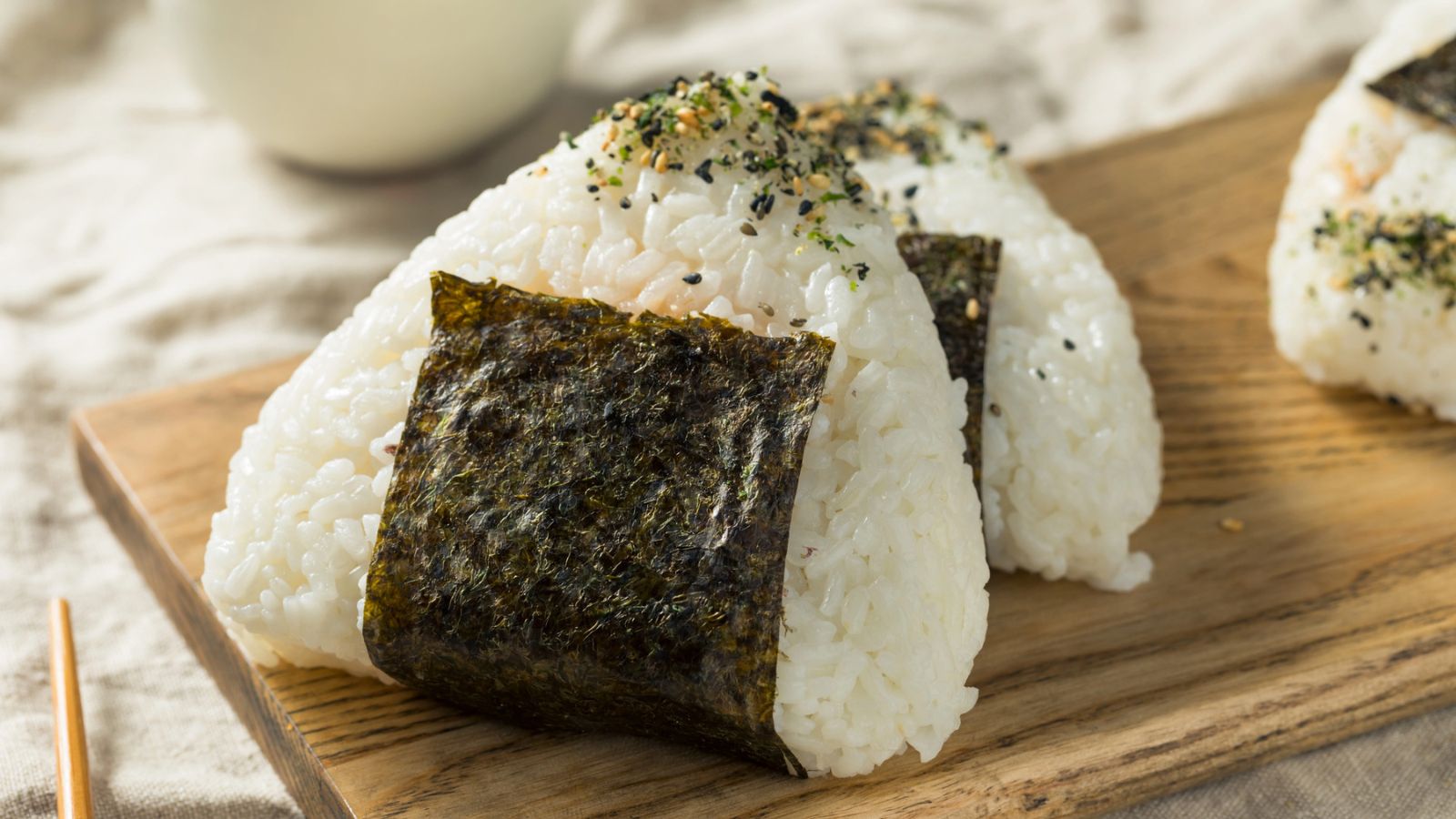


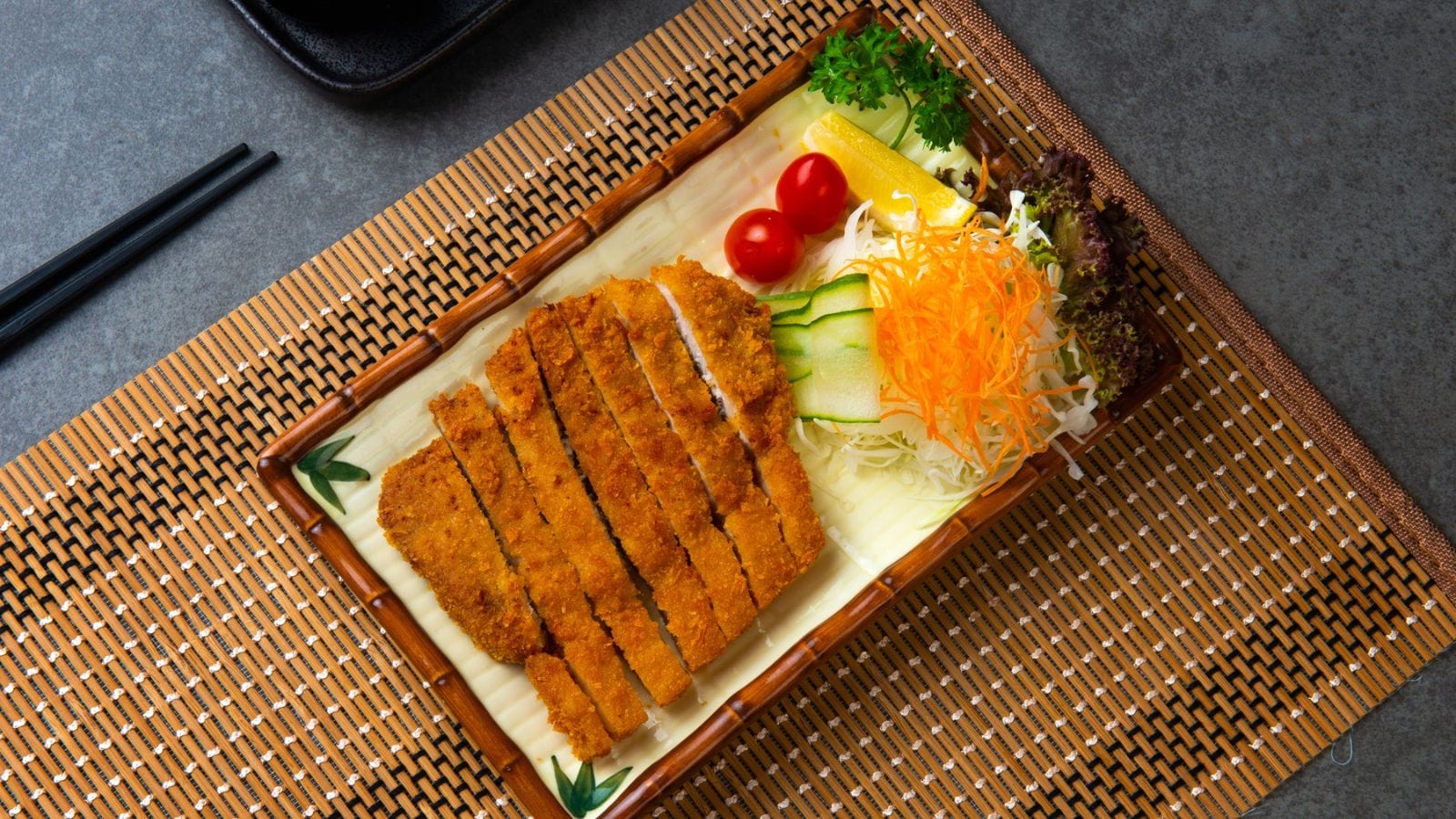

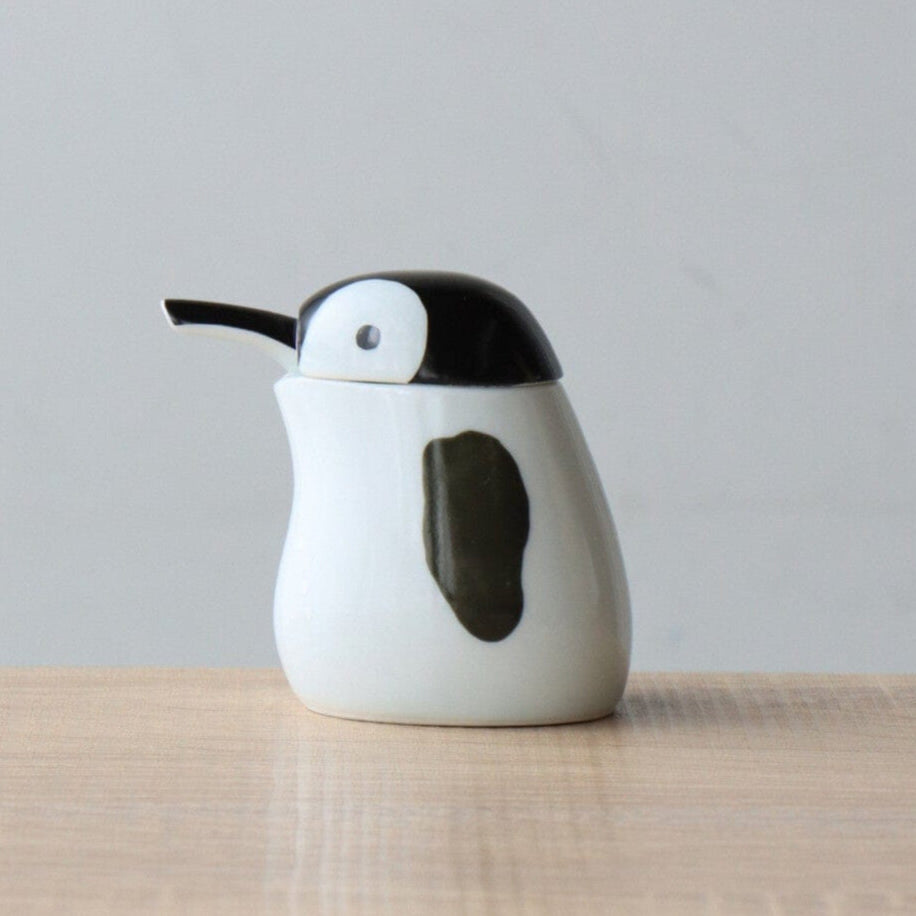
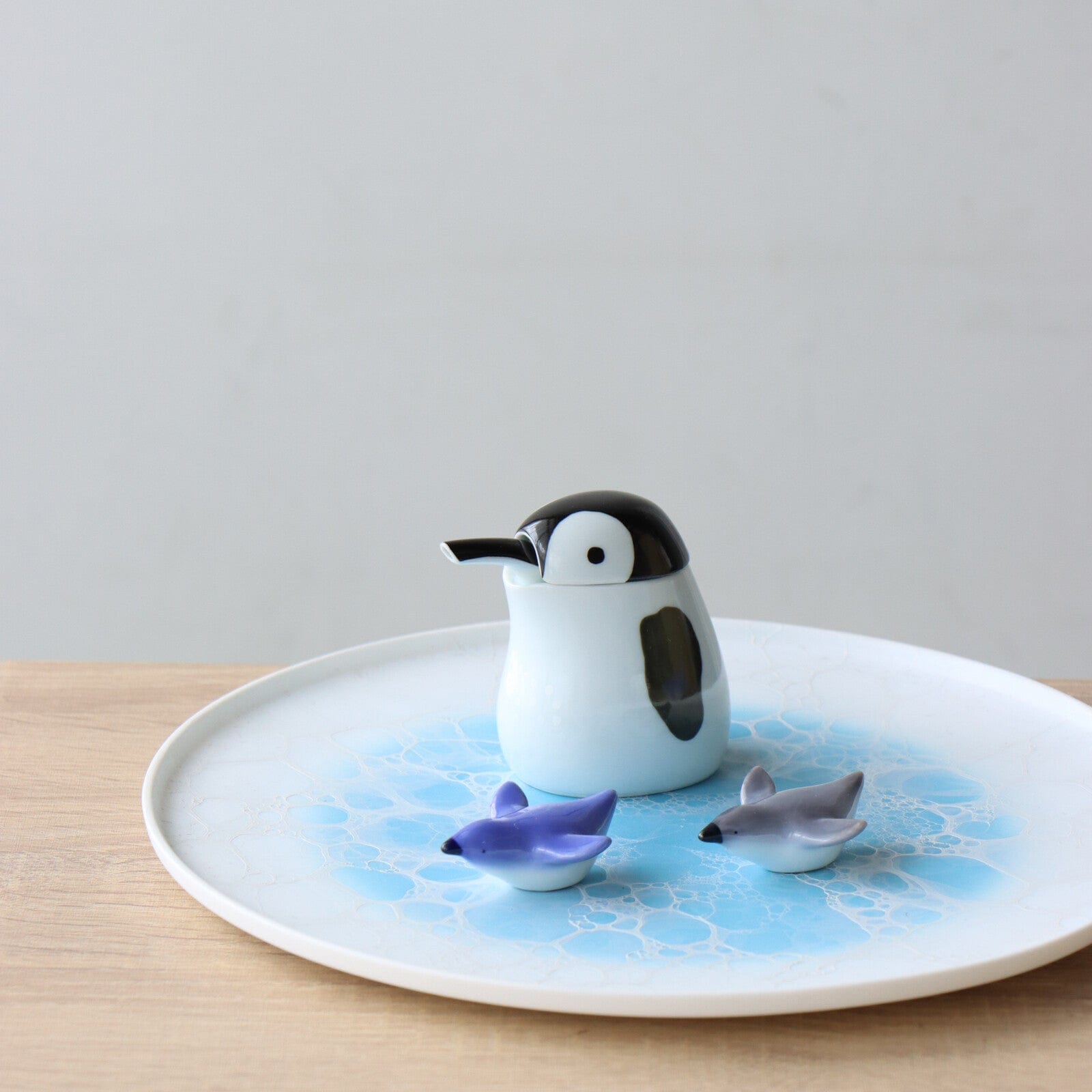
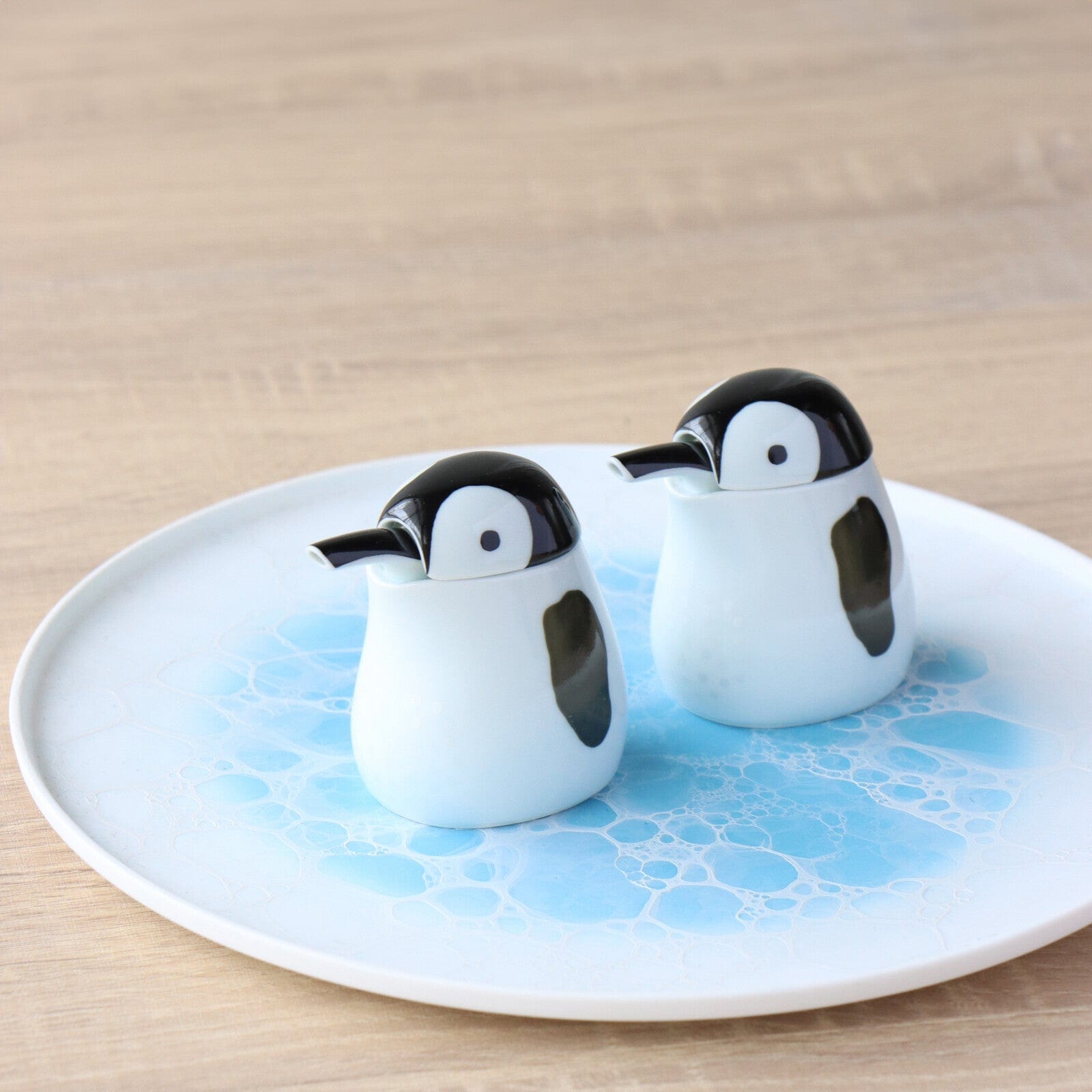
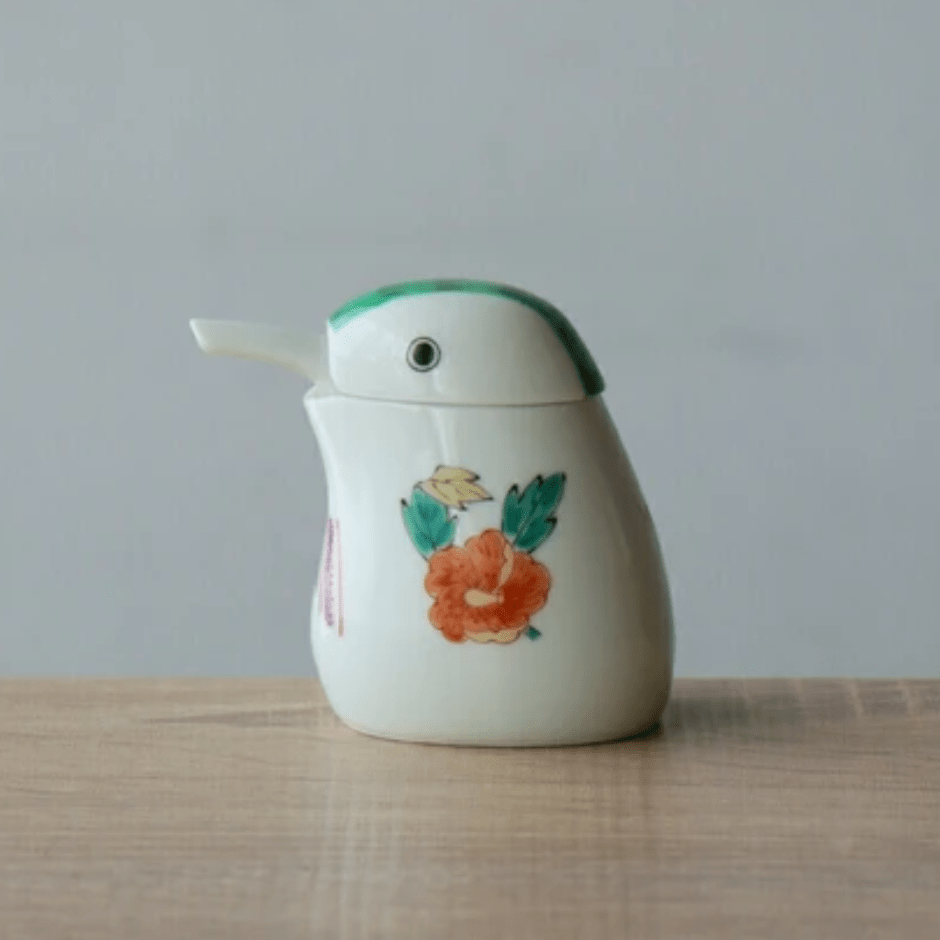
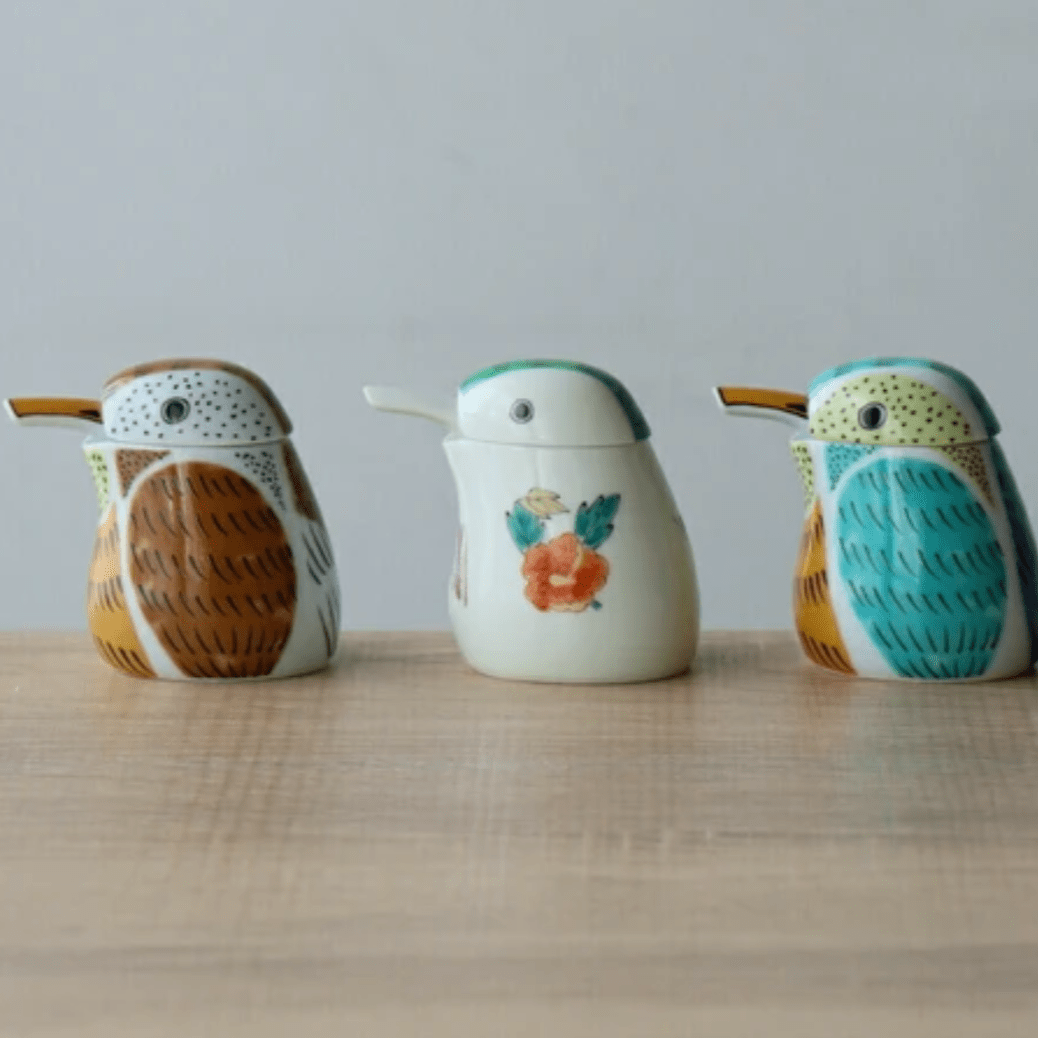
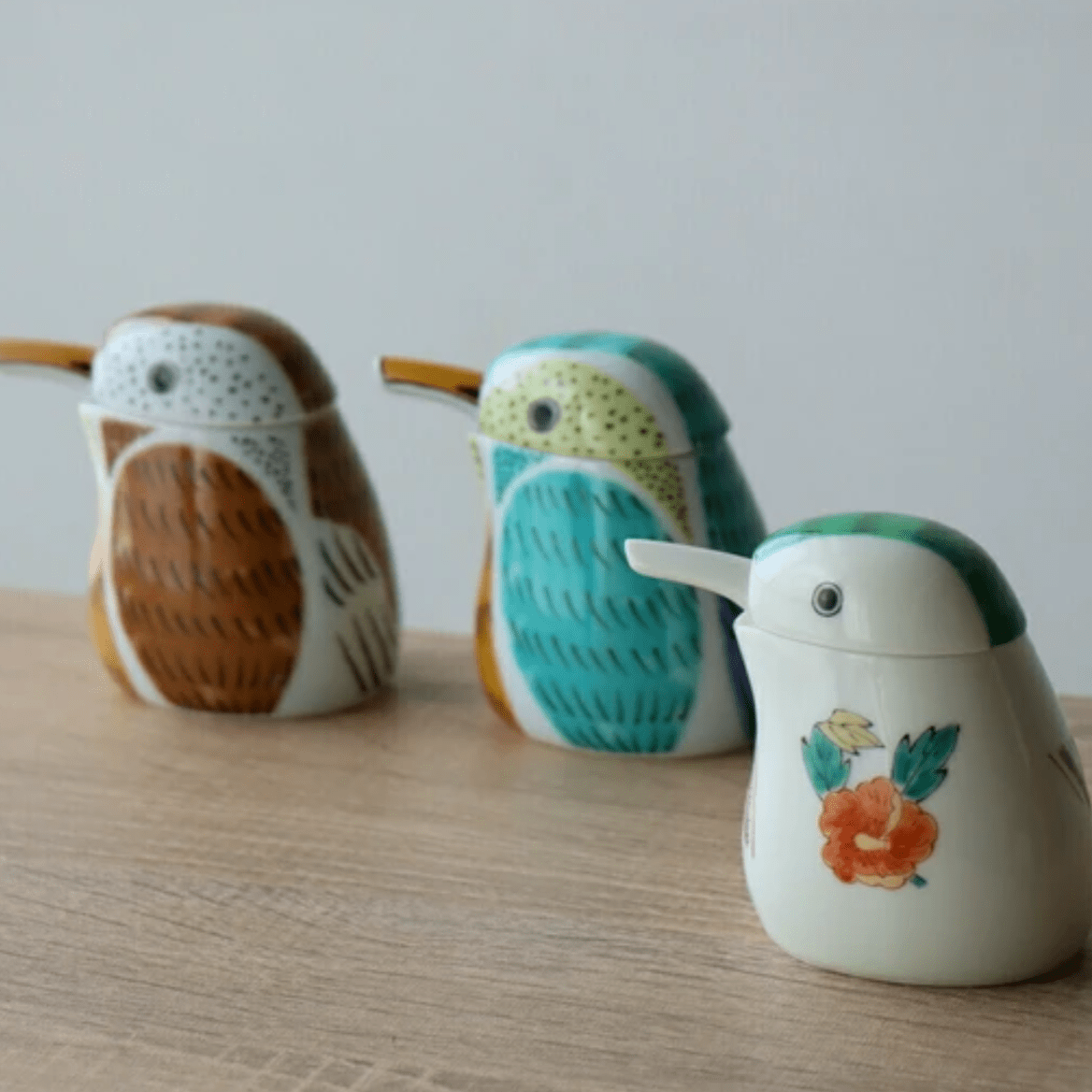
Share: